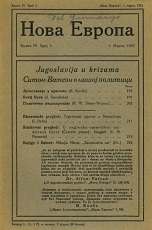
We kindly inform you that, as long as the subject affiliation of our 300.000+ articles is in progress, you might get unsufficient or no results on your third level or second level search. In this case, please broaden your search criteria.

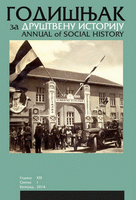
The paper describes the introduction and implementation of labor legislation in the Kingdom of Serbs, Croats and Bulgaria after the First World War. Labor legislation, covering the working time of eight hours, the Act on Hygiene and the Protection of Workers and the Law on Social Security, that was established under the pressure of international institutions in most cases was not respected, but represented a major step towards the development of economic and social institutions in these two countries. Protest and resistance of businessmen due to the introduction of social and labor laws reflected on underdeveloped and weak industries, just as the Bulgarian and Yugoslavian were. It could be concluded that the social legislation existed, but was not applied. The Western forms of legislation applied to the Balkan states had the fate of the majority of other institutional modern innovations – remaining only on paper, and being the subject of circumvention as often as possible.
More...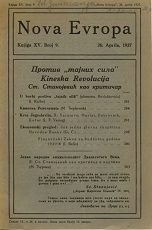
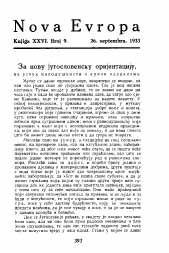
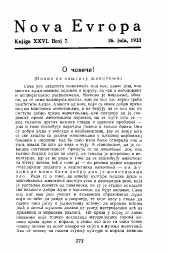
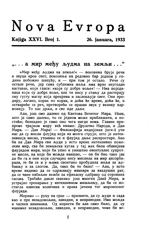
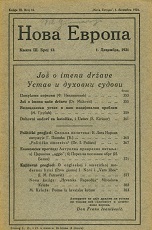
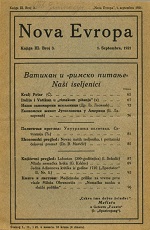
U ponedeljak, 22. avgusta 1921, odneli su u Topolu, u srce Šumadije, i sahranili u crkvi na Oplencu smrtne ostatke kralja Petra Karadjordjevića. Tu je crkvu tamo dao sazidati sam kralj Petar, i sam je izabrao u njoj mesto gde će leći i boraviti večni san. I kao što je, poput starih srpskih vladalaca, sazidao sebi crkvu za života, zadužbinu na ovome svetu, tako je — po njihovu uzoru — hteo da dočeka i kraj svoj, spremajući se za nj postom i molitvom i bogougodnim životom.
More...
Dugo će još biti kompaktnih celina koje će i dalje na nekojim porušenim predrasudama graditi svet svojih misli, jer razvitak znanosti polako i s naporom razbistrava duševne izvore života svih društvenih slojeva
More...
Она је мутна. Смрт Краља Петра учинила ју је још мутнијом. И оминозном. Ето, на глас о смрти болеснога старог Краља, који ннје дошао изненада, није могао млади краљ доћи из Париза, јер је болестан. И није могао доћи, да положи заклетву на устав у прописаном року.
More...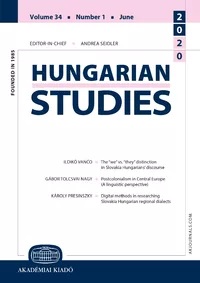
In this paper I focus my attention on the debate between three renowned Germanists of the interwar period: Elemér Moór, Elemér Schwartz and Walter Steinhauser. Their discussion of the population history of Burgenland can serve as a case study of knowledge production. This was a discourse in which the relationship between science and politics or the boundary between scholarship and dilettantism were often tested. Relying on both published material (their books and papers) and unpublished sources (correspondence, commission reports) I analyse the different standpoints of the three scholars and show the development of their rivalry. At the end of my paper, I will draw some lessons concerning the history of historical writing
More...
Although a score of new studies have been published about the various aspects of the history of American–Hungarian relations in the past three decades, there are still a considerable number of uncovered chapters. The present article will introduce one of the American ministers who served in Hungary in the interwar years. Nicholas Roosevelt came from a well-known family that gave two presidents to the United States in the first half of the twentieth century, and the name helped him throughout his storied career. Since he had visited Hungary at the time of the establishment of the Hungarian Soviet Republic in March 1919, he had first-hand experience regarding his host country. His service as American minister (1930–1933) fell in the first years of the unfolding Great Depression, which defined the basic conditions for Hungary, as well for the United States and Europe. Nicholas Roosevelt was an avid writer, and he left behind a plethora of both private and official documents containing, among other things, his thoughts and opinions about Hungary and Hungarians. Building this as a primary source, along with a number of secondary sources, the article will bring closer the economically and politically shaky days of Hungary in the early 1930s through the eyes of the American minister posted in Budapest, thereby enriching our knowledge about the relations between the two countries.
More...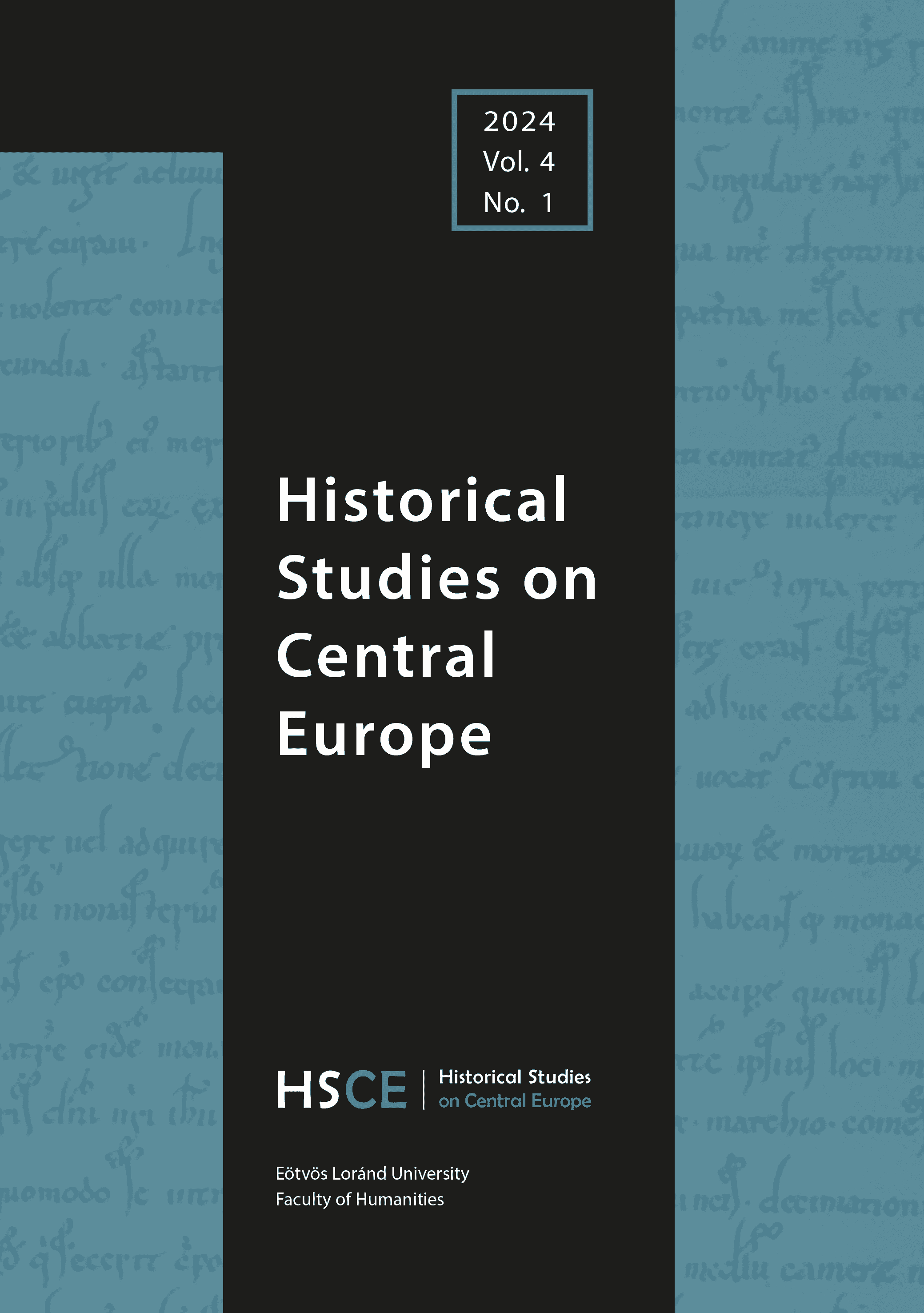
The Rise of Comparative History. Edited by Balázs Trencsényi, Constantin Iordachi, and Péter Apor. Budapest: Central European University Press, 2021. 404 pp.
More...

The leader cult built up around Miklós Horthy, the Regent of Hungary between 1920 and 1944, was one of the leader cults that appeared after World War I as a response to the critical social and political conditions. According to the main message of Horthy’s selectively constructed image, he was the only one who could achieve the national goals and restore the lost national glory. In my paper, I analyze religion, primarily Christianity, as a domain from which the cult-makers selected, (mis)used, and manipulated symbols, elements, and concepts, such as ‘resurrection’, ‘rebirth’, ‘salvation’, ‘the Passion of the Christ’, ‘selectness’, ‘the promised land’, and references to the will of divine providence for justifying the leadership of Horthy. Religious symbols also shaped and strengthened the national identity. It is shown that the traditional churches, because of the cooperation between them and the state, made a significant contribution to strengthening the leader’s legitimacy in this way. This is the reason why the term ‘politicized religion’, introduced by Juan J. Linz, seems appropriate in this context. Naturally, this was a wider phenomenon in Hungary, but the Horthy cult is its striking example.
More...
Taking the case of the interwar Yugoslav Sokol (Sokol Kraljevine Jugoslavije), this article examines the complex relationship between the discourses of organic nationhood and political socialization in what was the largest voluntary association in the country. While Sokol typically projected a vision of itself as an apolitical entity—as it claimed to represent the organic national body—this article will explore the dynamics, as well as contradictions, between such discourses and the socio-political reality they aimed to describe and eventually alter in their pursuit of improving the ‘national body.’ In conversation with scholarship on the conceptual history of modern East Central European nationalisms, including the social history of ideas and movements and political socialization more specifically, this article provides insight into the contextual, conceptual history of nationhood by focusing on selected thinkers engaged in Sokol, against the backdrop of particular mass practices and modes of political socialization in the organization. The tension between the involvement of the masses in the allegedly apolitical formations and the reality of subjecting them to political socialization en masse provides the central axis around which the argument is organized. The article concludes that their concept of nationhood was intimately intertwined with that of democracy and simultaneously posited against (party) politics and statism. Moreover, it demonstrates that Sokol was rooted in notions of civilizational hierarchies and directly linked to producing modern political subjects for the new Yugoslav state by means of the gymnastic and educational practices they promoted and conducted.
More...
The paper introduces and interprets the corporatist plan of organizing and establishing the ‘Serbian Peasant Cooperative State,’ which was developed by the collaborationist authorities in Serbia during World War II. Born out of deep disillusionment with interwar parliamentarism and under the influence of the German occupation system in Serbia, this unrealized concept of state organization was an ultra-conservative response to the political conditions in occupied Serbia, as well as one of the aspects of its planned integration into Hitler’s new imperial order founded on the premise of Nazi hegemony and known as ‘New Europe.’ The present analysis is based on the limited number of surviving primary historical sources that testify to the genesis and character of the draft proposal. To provide context for interpreting the plan and the thinking behind it, the paper extends the chronological framework to the entire interwar period.
More...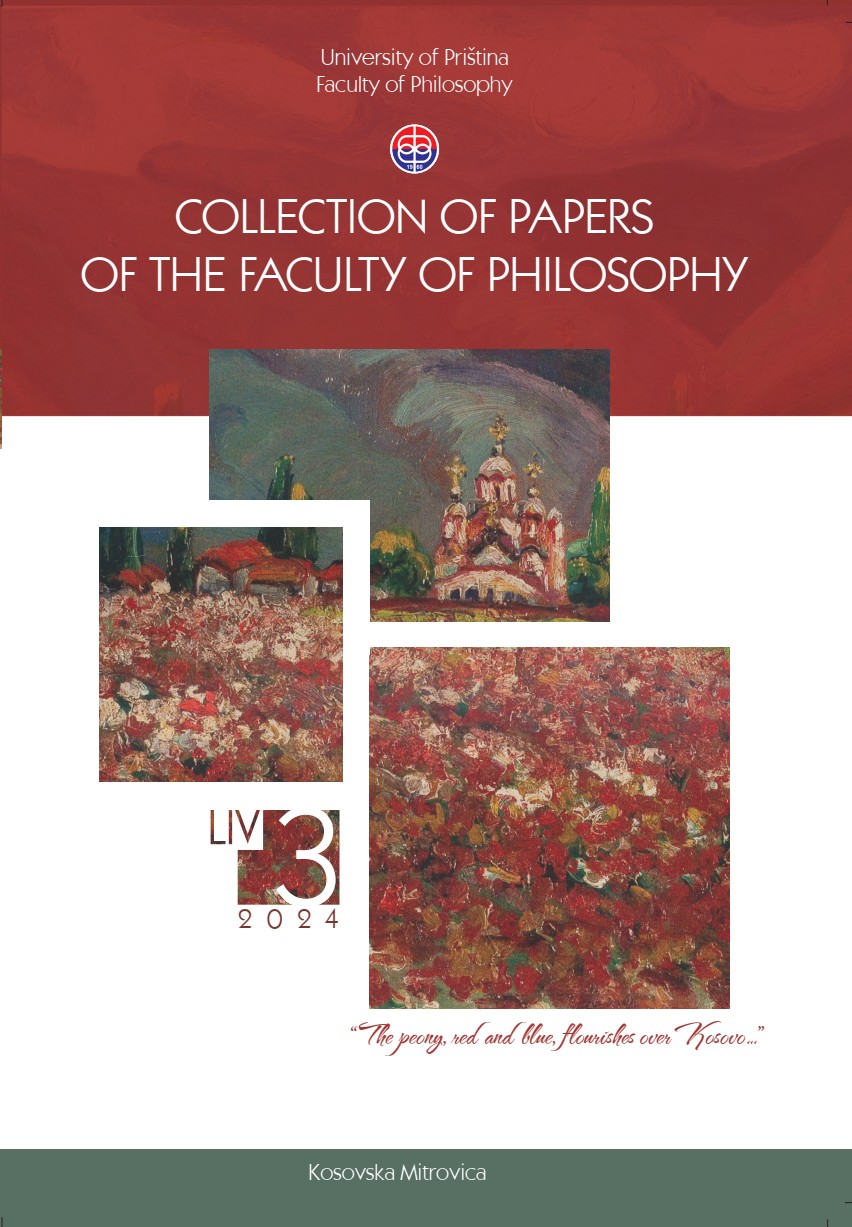
Statistical analysis of relevant resources reveals the expansion of the Yugoslav and Czech Sokol Movements from 1919 to 1924, a period after World War I marked by a cultural and economic crisis. The ideological orientation of the Balkan Sokol movement towards strengthening integral Yugoslavism and realizing ideas of cosmopolitanism coincides with the two main domestic and foreign political tendencies of the newly founded Kingdom of the Serbs, Croats, and Slovenes. This paper aims at defining the ancient Greek legacy inherent in the socio-political role of Sokolski glasnik [Sokol Gazette] in the early post-war period. The Sokol national movement, a sports and political organization based on 1919 foundations, lasted almost continuously until the beginning of World War II.
More...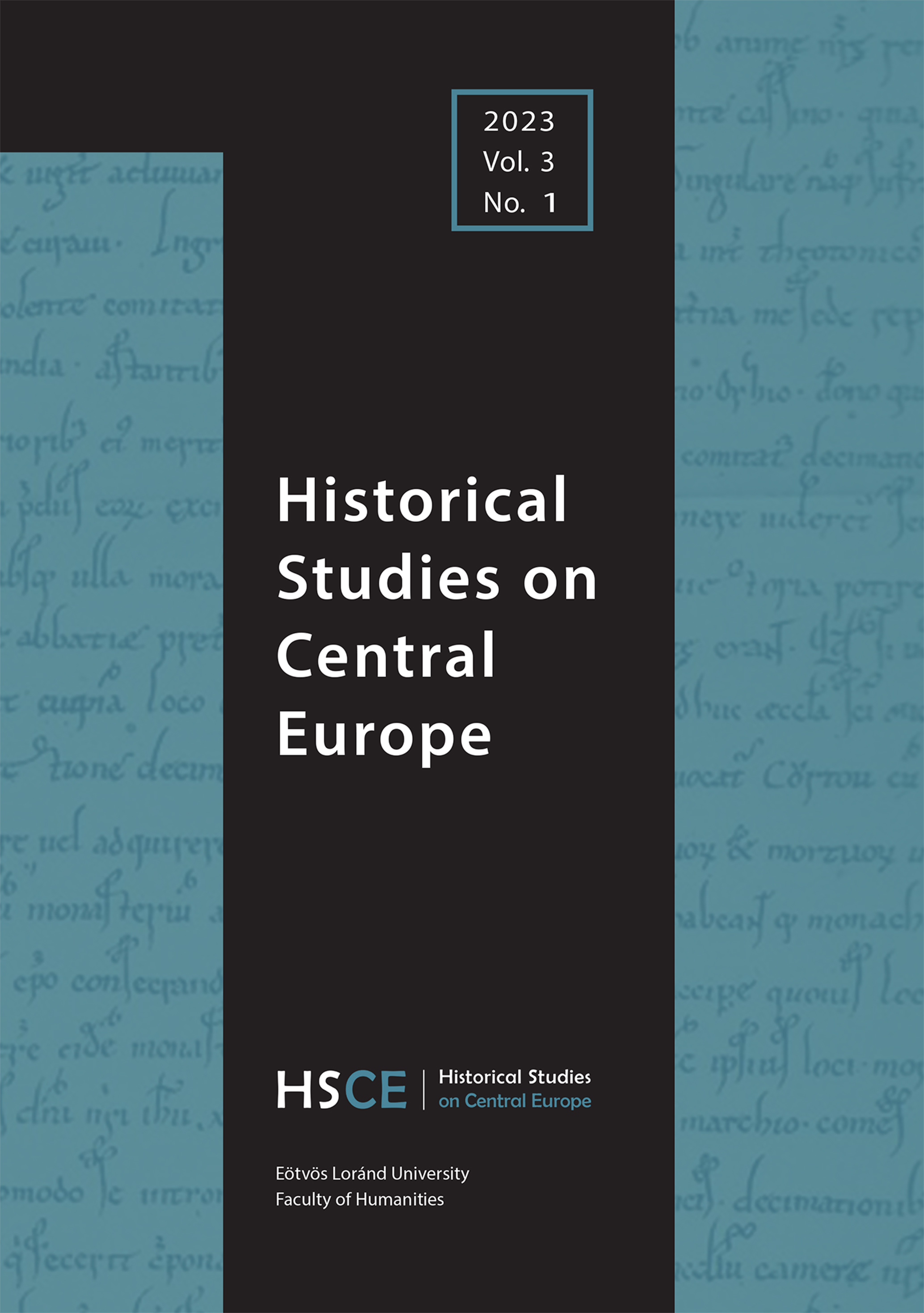
This research report presents the endeavors and findings of the Trianon 100 Research Group, which was founded with the support of the Lendület [Momentum] program of the Hungarian Academy of Sciences. Based on a survey of over a dozen volumes published by the group and another ten collaborative volumes, as well as numerous essays and articles, the report argues for the possibility of using newer instruments in the historian’s toolbox to tackle controversial issues in modern history from new perspectives. The Trianon 100 Research Group focused in particular on the history of mentalities, the interactions among bodies and individuals at different levels of societal organisation (local/regional/national/imperial), and an array of under-researched areas, such as the history of population movements after 1918. The essential aim was to suggest that it might be possible to (re-)write the history of post-World War I peacemaking from a less Westphalian perspective, informed in particular by historical political sociology and social history.
More...![Háborúból békébe: a magyar társadalom 1918 után. Konfliktusok, kihívások, változások a háború és az összeomlás nyomán [From War to Peace: Hungarian Society after 1918. Conflicts, Challenges, Changes following the War and the Collapse].](/api/image/getissuecoverimage?id=picture_2023_84761.jpg)
Háborúból békébe: a magyar társadalom 1918 után. Konfliktusok, kihívások, változások a háború és az összeomlás nyomán [From War to Peace: Hungarian Society after 1918. Conflicts, Challenges, Changes following the War and the Collapse]. Edited by Zsombor Bódy. Budapest: MTA Bölcsészettudományi Kutatóközpont Történettudományi Intézet, 2018. 348 pp.
More...